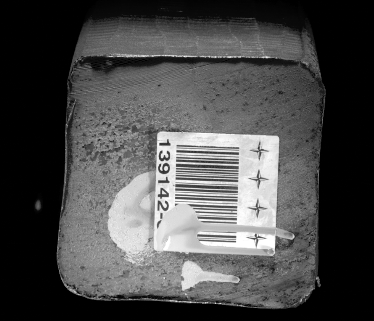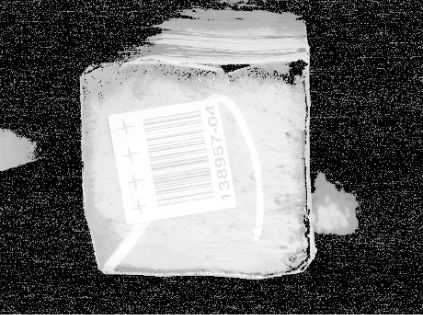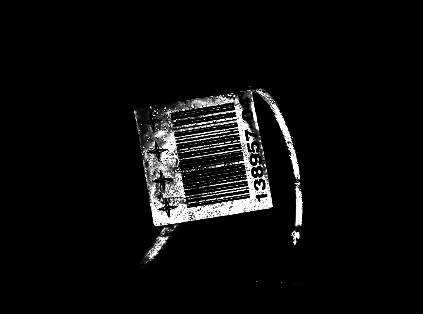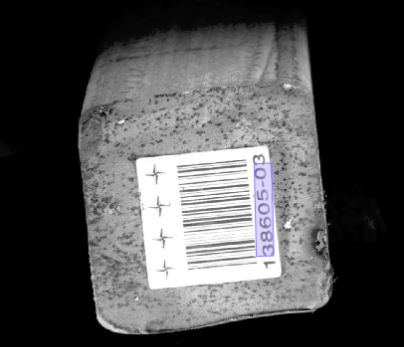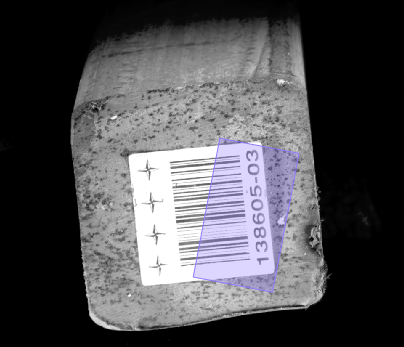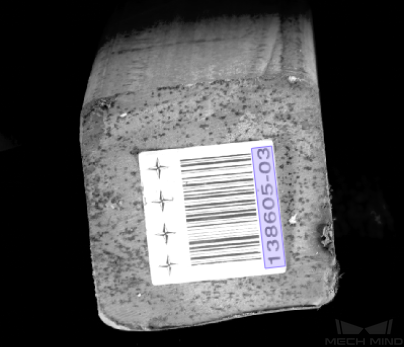Train a High-Quality Model
This section introduces the factors that most affect the model quality and how to train a high-quality text detection model.
Ensure Image Quality
Avoid overexposure, dimming, blur, occlusion, etc. These conditions can lead to the loss of features that the deep learning model relies on, which will affect the model training effect.
| Poor images: The text areas are partially occluded, which may affect the detection result and the subsequent recognition result. | |
|---|---|
|
|
Suggestion: Make sure that the text areas are clear and complete. |
|
| Poor image: overexposure | Poor image: underexposure |
|---|---|
|
|
Suggestion: You can avoid overexposure by methods such as shading and avoid dimming by methods such as supplemental light. |
|
Ensure Data Quality
The Text Detection module can be used to detect the text area in an image. In practical applications, the text to be detected only takes a small part of the image. Thus, the camera and lighting conditions should stay stable once adjusted during data collection to avoid data deviations and ensure model performance.
Data Selection
Select Images with Different Text Orientations
Select diverse images. In practical applications, the texts in images may be horizontal (0° and 180°), vertical (90°), or tilted (other angles). If only images with horizontal or vertical texts are applied for training, the trained model can hardly detect tilted texts in images.
| If some situations are not included in the dataset, the model will not go through adequate learning. As a result, the trained model cannot effectively detect the text areas given such conditions. In this case, data on such conditions must be collected and added to reduce the errors. |
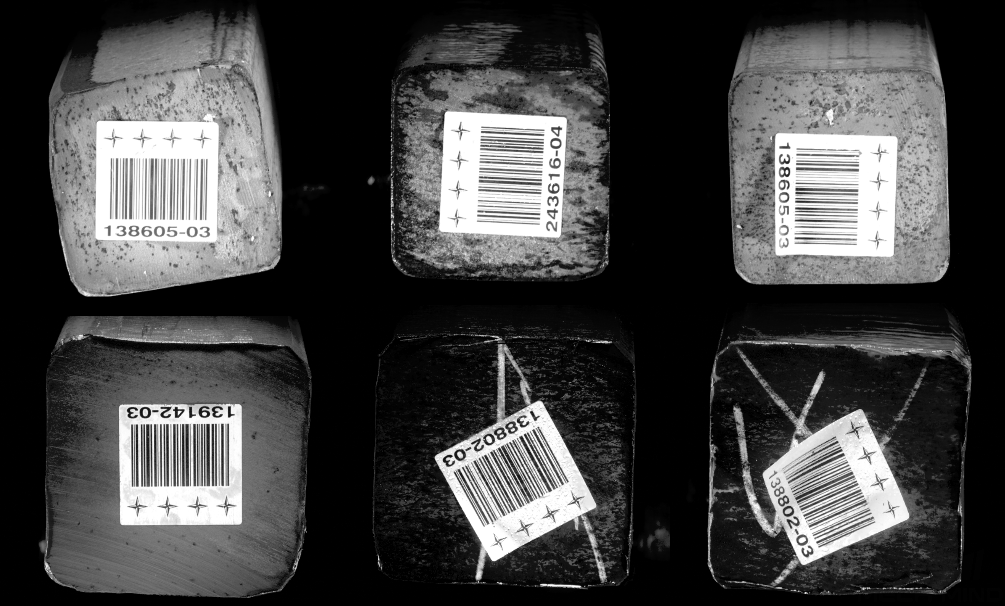
Select Appropriate Data
-
Control the image quantity of training set
When you first use the Text Detection module, it is recommended to use 30 to 50 images as a training set for model training. If the validation results are not up to standard, you can then add more data.
-
Balance data proportion
In the training set, the images with different text orientations should be balanced. Using diverse data can help improve model performance.
-
Reduce inadequate data
High-quality images can ensure better model training. Poor images or irrelevant images may do damage to model training.
| It is not true that the larger the number of images the better. Adding a large number of inadequate images in the early stage is not conducive to model improvement later and will slow down the training process. |
